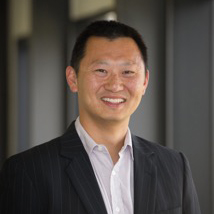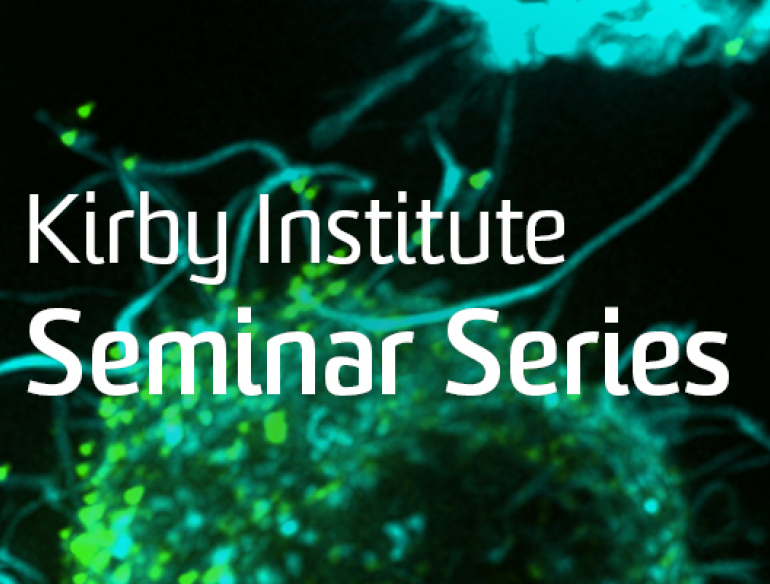Location:
Berg Family Foundation Seminar Room, Level 6, Wallace Wurth Building, Kensington Campus, UNSW Sydney
Cost
Free
Kirby Institute Seminar Series presents
 |
Professor Johnson Mak PhD FASM Chair in Infectious Diseases, School of Medicine, Deakin University |
About your speaker
Professor Johnson Mak was trained at McGill University in the early 90’s and moved to Australia in 1996 to start his own lab. Johnson has a strong interest in the process of virus formation (in particular with HIV), and their impacts on virus entry and function. Through out Johnson's research career, he has utilised a large arrays of approaches / techniques to investigate HIV biology, including molecular virology, lipid biochemistry, cell biology, synthetic biology, biostatistics, next generation sequencing, imaging techniques (fluorescent microscopy, Cryo-EM and super-resolution microscopy), protein biochemistry and biophysical approaches. Johnson and his team have collaborated widely with researchers both nationally and internationally. Johnson has been a recipient of Peter Doherty Fellowship, Monash Fellowship, Pfizer Fellowship and ARC Future Fellowship. Other awards include the Australian Society Fenner Award and the Cambridge University Jane Allen Lecture in UK. Johnson is currently a staff at Deakin University School of Medicine.
Abstract
In this presentation, we will discuss some of the advances we have made in HIV assembly and virus entry. First, through our pioneer effort in producing full-length HIV Gag protein, we have made some novel discoveries on the biophysical features of the HIV assembly process, and we will discuss how these works will help to advance the development of HIV maturation inhibitors - an un-met need in the backdrop of emergence of drug resistant HIV that threatens the long-term effectiveness of patient care. Second, viruses are considered neither live nor dead, and are therefore thought to be inert until after entering the host cells. Using cryo-electron microscopy (cryo-EM) and single molecule fluorescence imaging, we have recently reported that HIV undergoes a previously unknown pre-entry priming size expansion event upon receptor engagement. These data challenge the dogma of viral entry, more specifically, we have evidence showing that cell-free viruses are able to perform biological process as seen with live organism. The implication of this discovery in virology and HIV vaccine design will be discussed.
